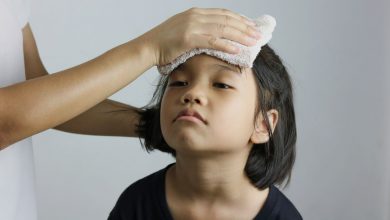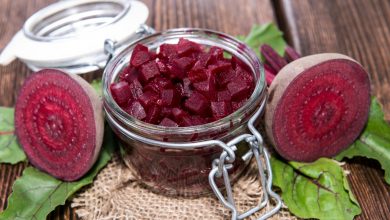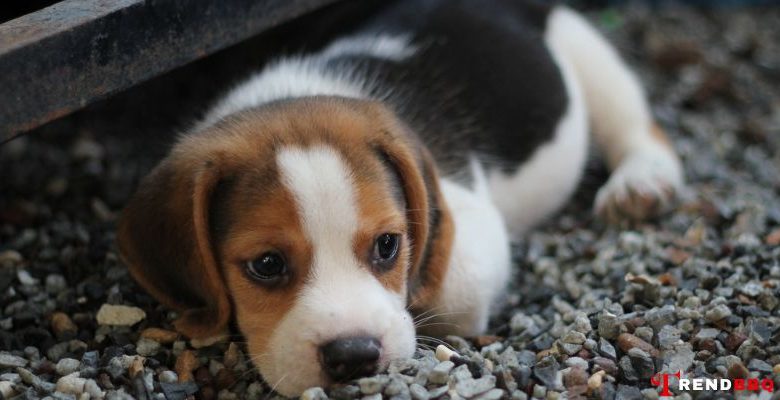
Bringing a new puppy into your home is a joyous occasion, but it also comes with the responsibility of potty training. Teaching your furry friend how to use the appropriate spot for their bathroom needs is a crucial aspect of pet ownership. In this guide, Trendbbq will walk you through the step-by-step process of how to potty train a puppy effectively and set both you and your new companion up for success.
Table of Contents,
1. What You Need to Potty Train a Puppy
Potty training a puppy requires patience, consistency, and the right tools. Here’s a list of items you’ll need to successfully potty train your puppy:
- Crate or Dog Pen: A crate or a designated area with a dog pen can help confine your puppy when you can’t supervise them closely. Dogs naturally avoid soiling their sleeping area, making it a useful tool for potty training.
- Potty Pads or Outdoor Potty Area: Decide whether you’ll be training your puppy to go outside or on potty pads indoors. If you choose indoor training, you’ll need potty pads placed in a consistent area.
- Treats: Positive reinforcement is key to potty training success. Use small, tasty treats to reward your puppy immediately after they’ve successfully gone potty in the designated spot.
- Leash and Collar/Harness: A leash is essential for guiding your puppy to the designated potty area and for outdoor potty breaks.
- Enzymatic Cleaner: Accidents happen, so it’s important to clean up accidents promptly and thoroughly. An enzymatic cleaner helps eliminate odors, discouraging your puppy from soiling the same spot again.
- Clicker (Optional): A clicker can be a helpful tool for marking the exact moment your puppy performs the desired behavior (going potty in the right spot), making it easier to reward them promptly.
- Timer/Alarm: Set a timer or alarm to remind you to take your puppy out for potty breaks at regular intervals, especially after eating, drinking, waking up, and playing.
- Patience and Consistency: While not a physical item, patience and consistent training are crucial. Puppies need time to learn and develop good habits.
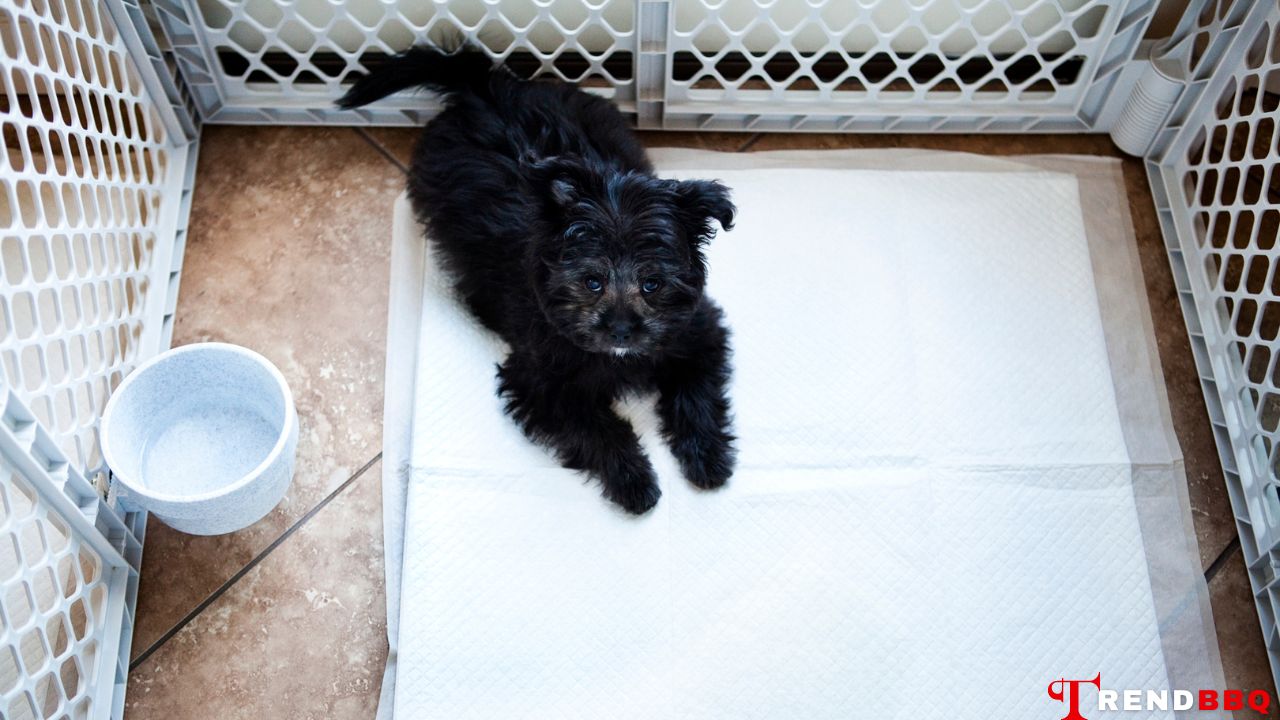
2. How to Potty Train a Puppy in 4 Steps
Potty training a puppy involves a structured approach and consistency. Here’s a simplified guide to potty train a puppy in four steps:
Create a Routine
- Establish a regular feeding schedule for your puppy. Consistent meal times will lead to more predictable potty times.
- Take your puppy out for potty breaks first thing in the morning, after meals, after playtime, and before bedtime.
Choose a Potty Spot
- Designate a specific area outside where you want your puppy to go potty. This helps them associate that spot with the act of elimination.
- Lead your puppy to the potty spot on a leash each time you take them out.
Positive Reinforcement
- When your puppy eliminates in the designated potty spot, immediately offer praise, use a happy tone of voice, and give them a small treat.
- Positive reinforcement helps your puppy understand that going potty in the right spot is a good behavior.
Prevent Accidents and Supervision
- Supervise your puppy closely indoors, especially during the initial stages of training. Use a crate or playpen to confine them when you can’t watch them.
- If you see signs that your puppy needs to go (sniffing, circling), take them outside immediately.
- If an accident occurs indoors, clean it up with an enzymatic cleaner to remove the scent and avoid reinforcing the behavior.
Remember, consistency is key. Puppies have small bladders and need to go frequently. Over time, your puppy will learn the routine and start signaling when they need to go out.
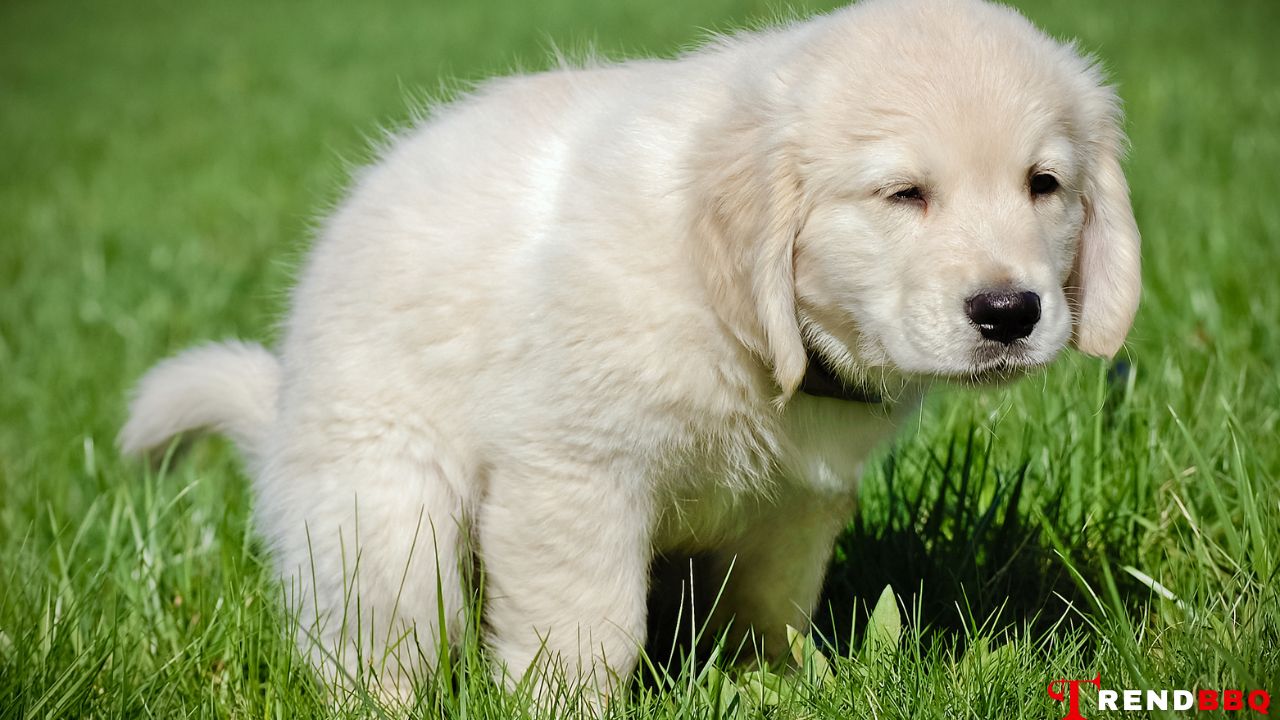
3. How long does it take to potty train a puppy
The duration of potty training for a puppy can vary widely depending on several factors, including the puppy’s age, breed, individual temperament, consistency of training, and the methods used. While there is no fixed timeframe, potty training usually takes several weeks to a few months. Here’s a general timeline to give you an idea:
- Early Days (8-12 weeks): Puppies have limited bladder control at this stage. They may need to go potty every 1-2 hours, and accidents are common. Consistency is important during this phase.
- 3-4 Months: Bladder control starts improving, and puppies may be able to hold it for a bit longer (2-3 hours). Some progress in signaling to go outside may occur.
- 5-6 Months: Many puppies start to develop better bladder control and can hold it for 3-4 hours. Some puppies might be close to being fully potty trained at this point.
- 6-7 Months: By this age, many puppies are reliably potty trained, but occasional accidents can still occur, especially if the routine changes or they are in new environments.
- 8 Months and Beyond: Most puppies are fully potty trained by this age, but ongoing reinforcement of good habits is important. Continue to maintain a consistent routine and provide opportunities for potty breaks.
4. FAQs
What is the best age to start potty training a puppy?
Potty training can begin around 8 to 12 weeks of age when puppies have better bladder control. However, the timing may vary for each puppy.
How do I set a potty training routine for my puppy?
Establish regular feeding times and take your puppy outside to the designated potty area shortly after eating, drinking, waking up, and playing.
How can I supervise my puppy effectively during potty training?
Keep your puppy within eyesight or confined to a small area using a crate or baby gates. This prevents accidents and allows you to notice their cues.
How long does potty training usually take?
Potty training duration varies, but consistent effort and positive reinforcement can lead to noticeable improvement within a few weeks to a couple of months.
